Have you ever taken a good look at a desert animal? If so, you may have noticed that some of the Earth’s desert animals have special adaptations to survive the heat of the desert, long periods without water, heavy winds, blowing sand, and more. But what do they eat when there’s hardly anything available? Let’s take a close-up view of 7 super cool desert animals and find out just exactly what and how they eat!

One of the first creatures to come to mind when someone mentions the desert is the camel -- and for good reason! The camel has special adaptations that allow it to go without water for over a week, without food for several months, and help it survive up to 40% weight loss during the dry seasons of food scarcity. These sturdy animals can also drink up to 32 gallons of water at once -- in less than 15 minutes!
A camel can use its mouth for survival in several ways. When threatened, camels can spit at a perceived threat. (Actually, it’s more like projectile vomiting at them. The camel draws up whatever is in their stomachs, mixed with saliva, and shoots it out at the threatening creature!) With canine teeth strong enough to crush wood, camels can eat plants other animals cannot. They’re able to eat rough, thorny bushes and tree branches, usually taking about 8 hours to graze and nearly 8 hours to chew the cud.
Additionally, the camel’s hump stores fat, which is beneficial for use as both a food and/or water source for the camel. If wind becomes a problem for the camel, he can do one of two things. First, he can close his nostrils. Secondly, he can trap sand in his extra-long eyelashes, keeping it out of his eyes.
What’s more? Camels have raised fatty structures inside their cheeks called papillae, which help get food down their throats into their stomachs. They’re not fun to look at, but they do an important job!
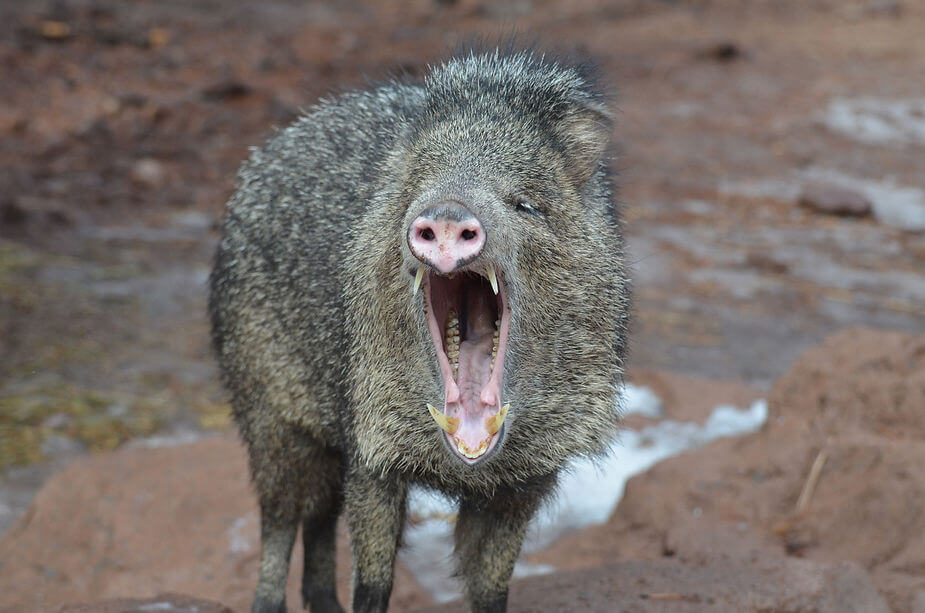
These desert animals, also known as javelina, have curved, short tusks that help them tear through plants like the prickly pear cactus. They also have unusually strong digestive systems that allow them to digest such foods without experiencing the typical impact of the plant’s countless little spiky thorns. An added bonus for the peccary: the prickly pear cactus is full of water, offering a great way for the animal to get sufficient hydration in the dry, desert sun.
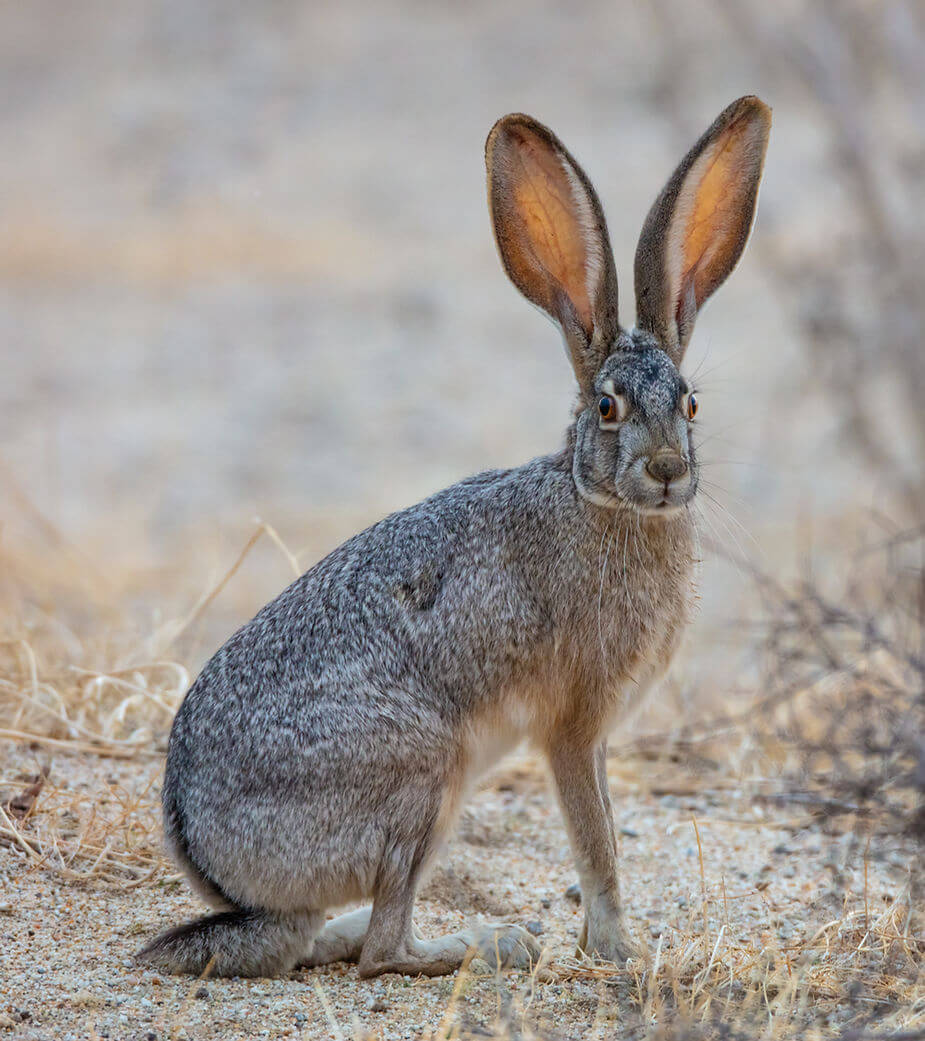
The black-tailed (shown above) and white-tailed hares, as well as the snowshoe and antelope rabbit, are commonly called jackrabbits, with only the black-tailed being the dweller in 4 southwestern deserts. These super-fast creatures “have 2 pairs of sharp front teeth, one pair on top, and one pair on the bottom. They also have 2 peg teeth behind the top incisors. Their teeth are specifically adapted for gnawing and grow continuously throughout their lives. From spring to autumn, hares eat grass, clover, wildflowers, weeds, and farm and garden crops. In winter, their diet shifts to buds, twigs, bark, conifer needles, and practically any green plant.”
An interesting extra fact: Jackrabbits re-ingest their droppings to enhance digestion of the material, which is called coprophagous.
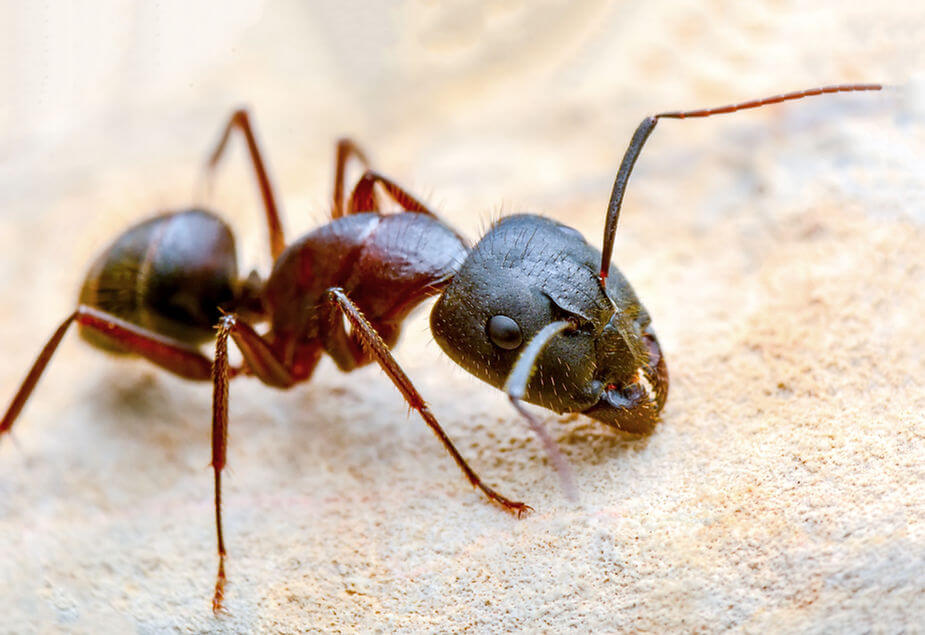
Fire ants, also found in the desert, have two strong mandibles for biting, chewing, shredding, carrying and digging, as well as a mouth for eating and cleaning.
Fire ants prefer high-protein foods, such as dead animals and birds, plants, nectar, seeds, and living insects. Working as a team, a colony of red fire ants can clean every shred of meat off dead animals in minutes - straight to the bone. Fire ants love honeydew, which they will take back to the colony and regurgitate into other workers’ and larvae’s mouths.
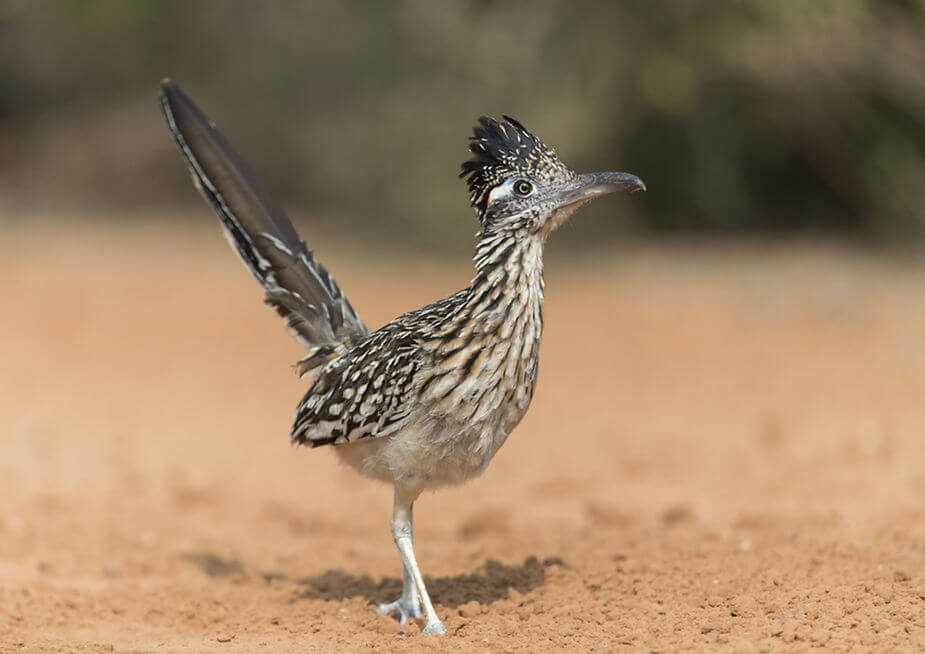
These desert birds are known for their speedy running, but did you ever hear about their environmental adaptations? For starters, they never ever need to take a single sip of water in their lives. (They occasionally take sips, but they don’t need to...keep reading!) The roadrunner usually gets all the moisture they need from the diet of insects, reptiles, eggs, fruits, seeds, scorpions, snails, and more. So, to rid their bodies of excess salt, they secrete it through specialized glands near their eyes.
Their favorite foods? Rattlesnakes. Yep, you heard that right. These little birds work together as a team to overcome the snakes and make a meal of it. When it’s too big to eat at once, the roadrunner will keep it in its bill, just swallowing a little part of it at a time, until it gets completely digested.
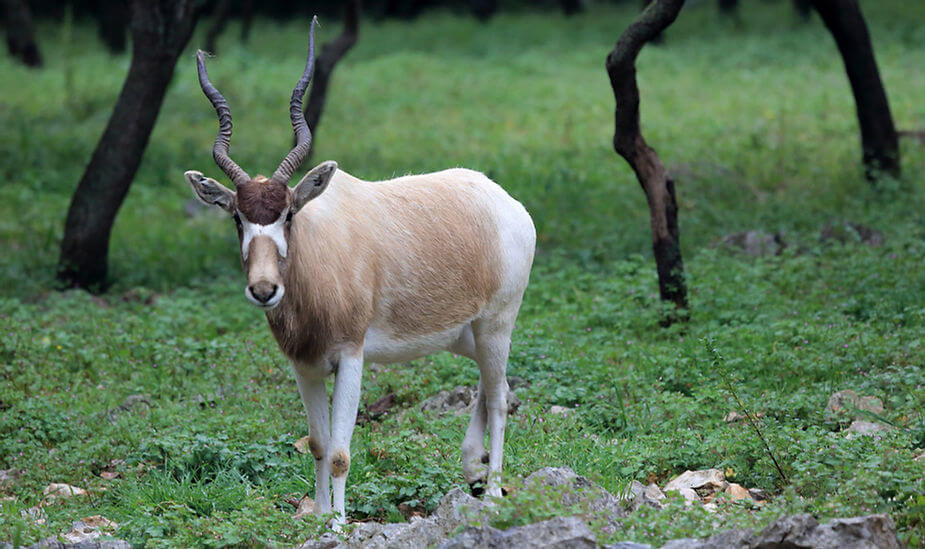
Another desert animal that won’t die anytime soon if it can’t find water to drink is the Addax Antelope. This beautiful creature’s long spiraling horns are loved by many, which may or may not be the primary reason this animal is on the endangered list. In fact, there may be only three left living in the Saharan desert. Its coat is white in the summer, which helps to keep it cool.
The Addax has a short, stumpy muzzle which enables it to graze on the rough desert grasses, acacias, and plants like tubers. On the hottest of desert days, the Addax will be found resting in the shade. They visit food spots early in the morning or at night when moisture from the air can be drawn down into their meal.
The Addax antelope’s preferred meal consists of shrubs, bushes, grasses, leaves, and leguminous herbs. One fascinating adaptation they’ve developed is this: they can extract water and preserve it by simultaneously excreting dry feces and concentrated urine, which helps keep their body temperature down.
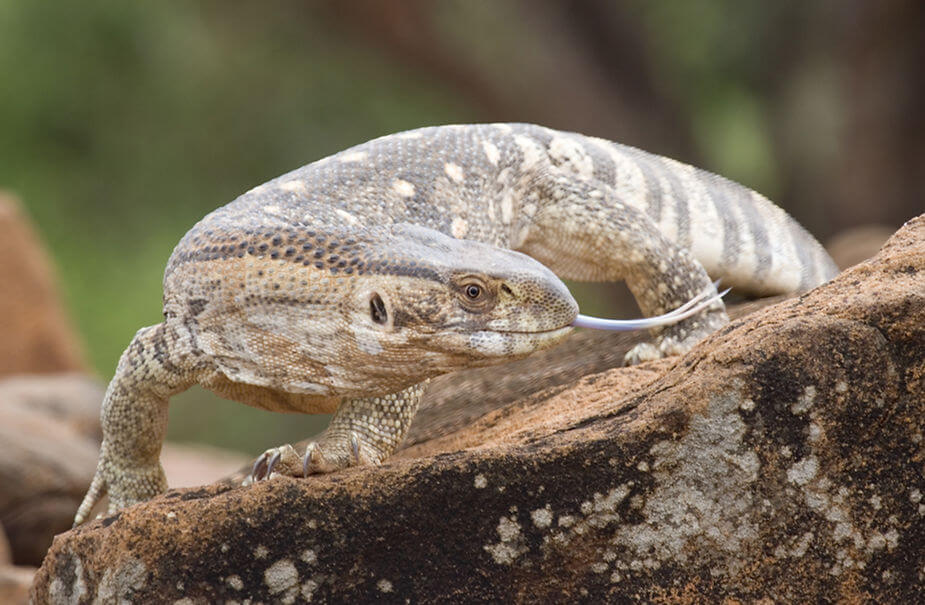
Desert monitors prefer to eat mice or other small mammals, birds, insects, amphibians, eggs, fish, or other invertebrates. While monitor venom is not fatal to humans, it can still cause significant pain (their bite can crush your bones) and sickness. Animals and infants will experience a far worse fate from the monitor bite, however, as researchers have discovered the monitor lizard’s venom contains the same poison found in rattlesnake venom, crotamine.
We hope you enjoyed this fascinating information. We are now back in the office and booking appointments. Please read more about the changes in our office to keep things safe for everyone here. We look forward to seeing your smiling faces soon!

At Jungle Roots Children’s Dentistry & Orthodontics, we strive to provide the highest comprehensive pediatric and orthodontic dental care in a unique, fun-filled environment staffed by a team of caring, energetic professionals. We believe the establishment of a “dental home” at an early age is the key to a lifetime of positive visits to the dentist.
